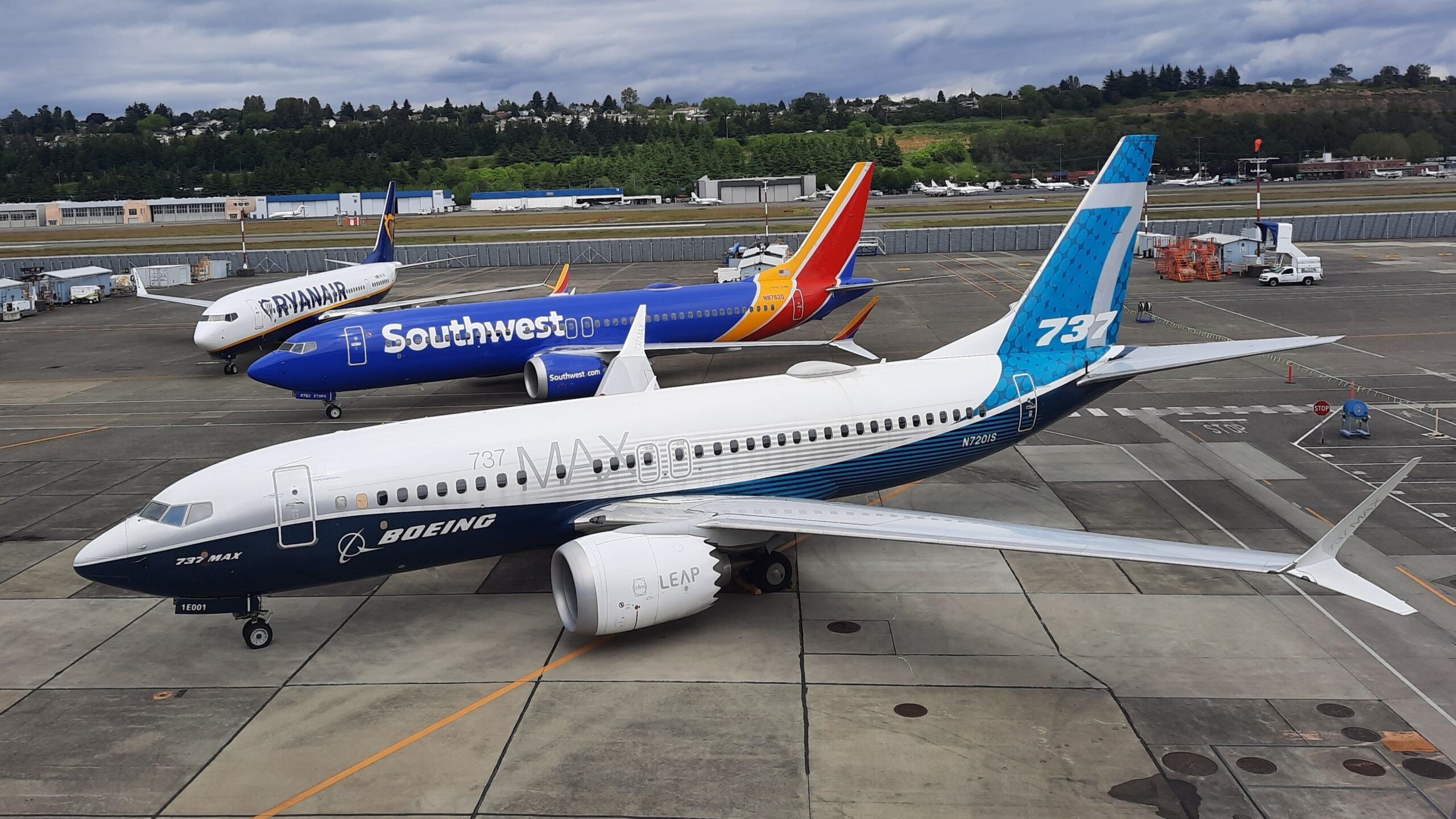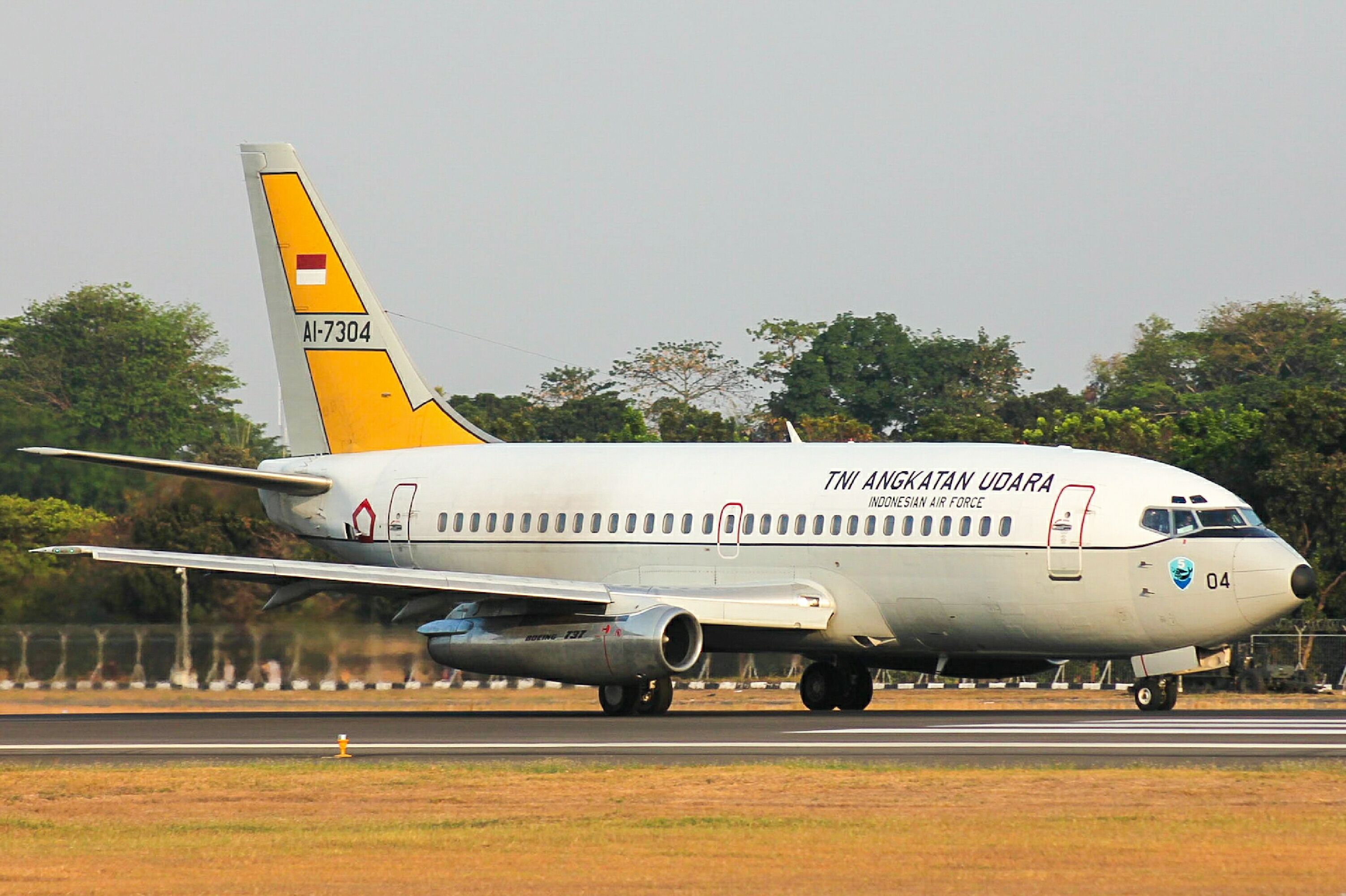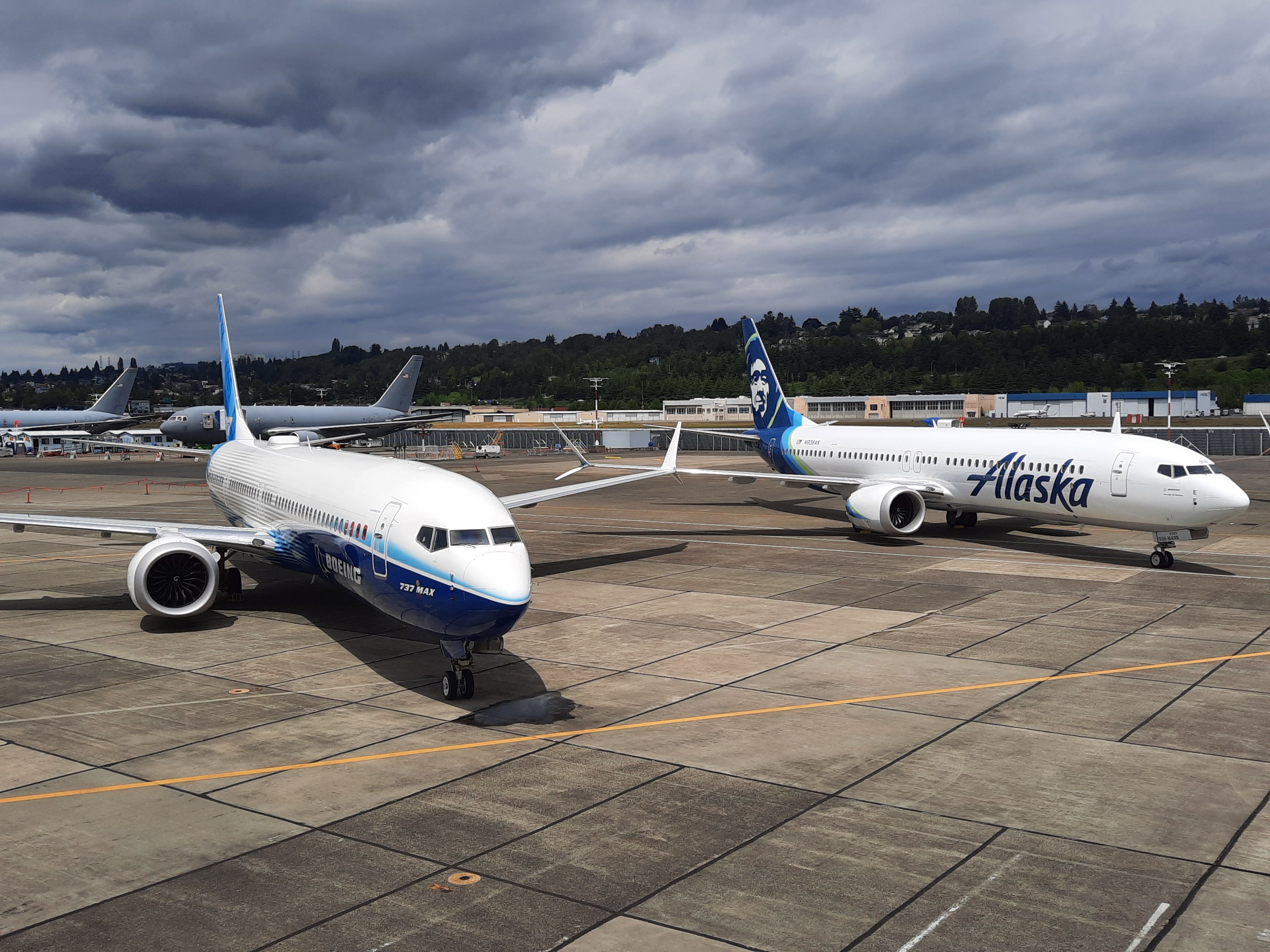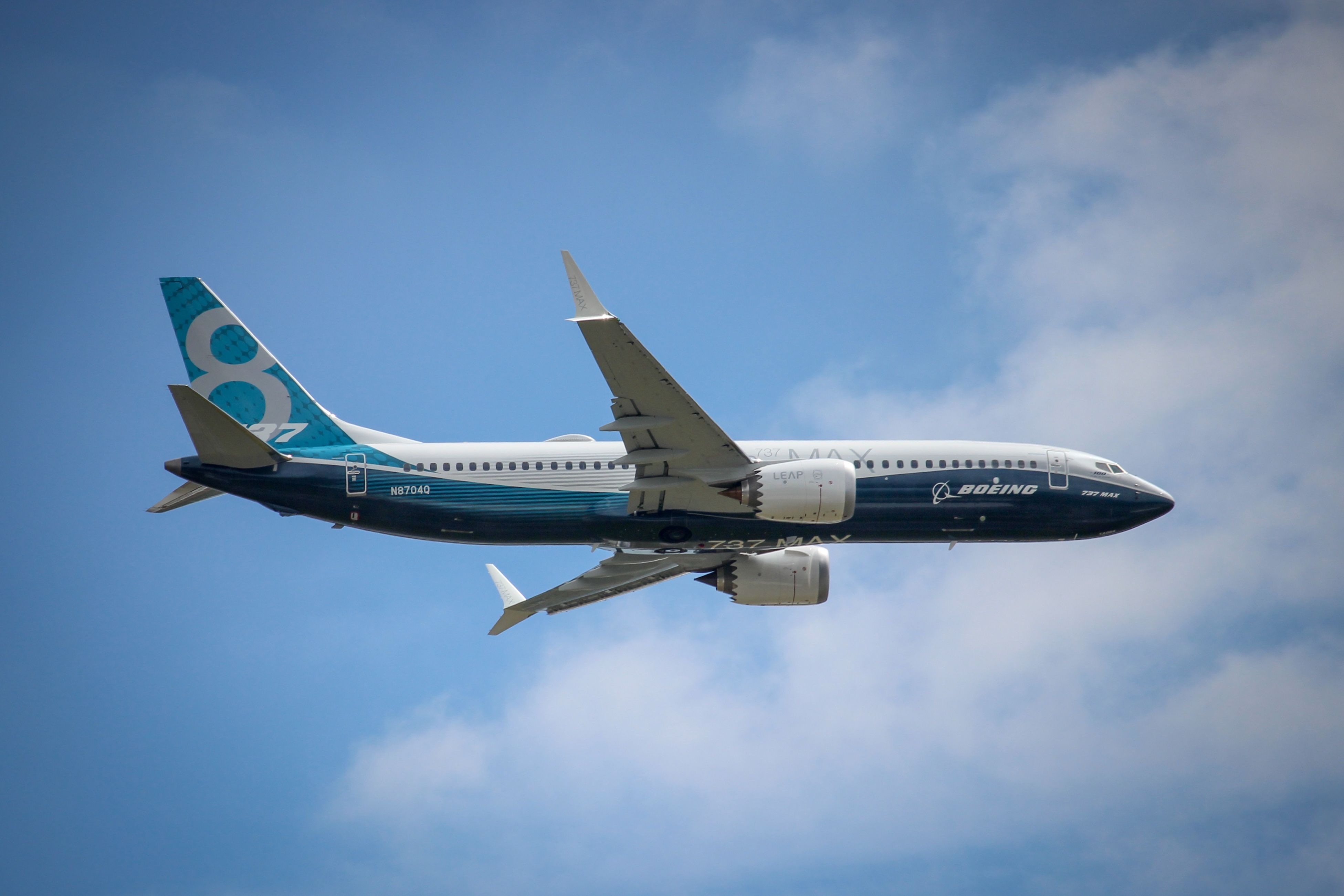Summary
- The Boeing 737 Original and Classic series cruise at Mach 0.745, while 737 NG and MAX families cruise at Mach 0.785.
- Newer 737 models are faster with a cruise speed of 838 km/h, reflecting technological advances over time.
- Despite listed cruise speeds, ground speeds can significantly exceed these, as seen in various 737 models.
The Boeing 737 is one of the most widely-produced aircraft ever, with over 11,500 examples being delivered to date. Boeing’s data showing that it still has a backlog of more than 4,000 units to work through, the 737 will remain a mainstay of modern commercial aviation for many years to come. But how fast is it?
Older variants
Of course, one of the reasons that Boeing has produced so many 737 family aircraft is that the series has featured many variants over the years, dating back to the original 737-100. This model first flew back in April 1967 and entered service with Lufthansa the following February, almost 56 years ago.
Regarding speed, the 737 Original and the 737 Classic series share the same figures. These sub-families comprised the 737-100 and 737-200 and the 737-300, 737-400, and 737-500 models, respectively, and are listed as having a typical cruising speed of Mach 0.745. This is equivalent to a rate of 430 knots or 796 km/h.
Photo: Gilang Putraditya Purba | Shutterstock
Naturally, these aircraft are designed to withstand traveling at higher speeds than these listed cruise rates. Indeed, they have a reported MMO (Maximum Mach Number) of Mach 0.82, which equates to 473 knots or 867 km/h. However, many newer 737 models have since been built, so how does their cruise speed compare?
Newer aircraft are generally faster
|
737-600 |
737-700 |
737-800 |
737-900 |
|
|---|---|---|---|---|
|
Seats (2-class) |
108 |
126 |
162 |
178 |
|
Maximum seats |
149 |
149 |
189 |
220 |
|
Length |
31.3 m (102 ft 7 in) |
33.6 m (110 ft 4 in) |
39.5 m (129 ft 6 in) |
42.1 m (138 ft 2 in) |
|
Wingspan |
35.8 m (117 ft 5 in) |
35.8 m (117 ft 5 in) |
35.8 m (117 ft 5 in) |
35.8 m (117 ft 5 in) |
|
Height |
12.5 m (41 ft 3 in) |
12.5 m (41 ft 3 in) |
12.5 m (41 ft 3 in) |
12.5 m (41 ft 3 in) |
|
Engine |
CFM-56 |
|||
|
Speed |
Mach 0.785 (453 kn; 838 km/h; 521 mph) |
|||
The Boeing 737NG (which contains the -600, -700, and -800 variants) and 737 MAX families are categorized separately in terms of their listed cruising speed. As it happens, they are faster, perhaps reflecting today’s more time-sensitive industry or, more likely, the impact of technological advances over the years.
Specifically, aircraft from these newer series from the Boeing 737 family are listed as having a cruise speed of Mach 0.785. With this figure equating to 453 knots or 838 km/h, the time savings that such jets could make on longer routes compared to their older counterparts are not inconsiderable by any means.
Latest generation (Boeing 737 MAX)
|
737 MAX 7 |
737 MAX 8 |
737 MAX 9 |
737 MAX 10 |
|
|---|---|---|---|---|
|
Seats (2-class) |
138 – 153 |
162 – 178 |
178 – 193 |
188 – 204 |
|
Maximum seats |
172 |
210 |
220 |
230 |
|
Range nm (km) |
3,800 (7,040) |
3,500 (6,480) |
3,300 (6,110) |
3,100 (5,740) |
|
Length |
35.56 m (116 ft 8 in) |
39.52 m (129 ft 8 in) |
42.16 m (138 ft 4 in) |
43.8 m (143 ft 8 in) |
|
Wingspan |
35.9 m (117 ft 10 in) |
35.9 m (117 ft 10 in) |
35.9 m (117 ft 10 in) |
35.9 m (117 ft 10 in) |
|
Engine |
CFM International LEAP-1B |
|||
|
Speed |
Mach 0.785 (453 kn; 838 km/h; 521 mph) |
|||
Of these newer families, the 737 MAX remains something of an unfinished product. After all, while the MAX 8 and MAX 9 variants are in relatively widespread commercial service, the short-fuselage MAX 7 and the stretched-fuselage MAX 10 models are yet to operate any revenue-earning flights.
Photo: Jake Hardiman | Simple Flying
According to Boeing,
“The 737 MAX family delivers enhanced efficiency, improved environmental performance and increased passenger comfort to the single-aisle market. Incorporating advanced technology winglets and efficient engines, the 737 MAX family offers excellent economics, reducing fuel use and emissions by 20 percent while producing a 50 percent smaller noise footprint than the airplanes it replaces.”
Simple Flying recently took a closer look at their certification efforts, which you can read here.
Groundspeed can be much higher
Under certain atmospheric conditions, it is possible for aircraft to register higher ground speeds (relative to the earth’s surface). This is despite their airspeed (relative to the air through which they are flying) remaining consistent. For example, the Washington Post reported in February 2019 that a 737 flying from Chicago to New York had exceeded a ground speed of 700 mph thanks to a strong jet stream.
Photo: Stephen Coughlan | Shutterstock
The website Ground Speed Records has compiled details of the fastest ground speed that has been recorded for each variant of the Boeing 737 family. These range from 620 knots (1,148 km/h) for the veteran 737-200 model right up to a whopping 692 knots (1,282 km/h) for the 737NG’s 737-600 variant.
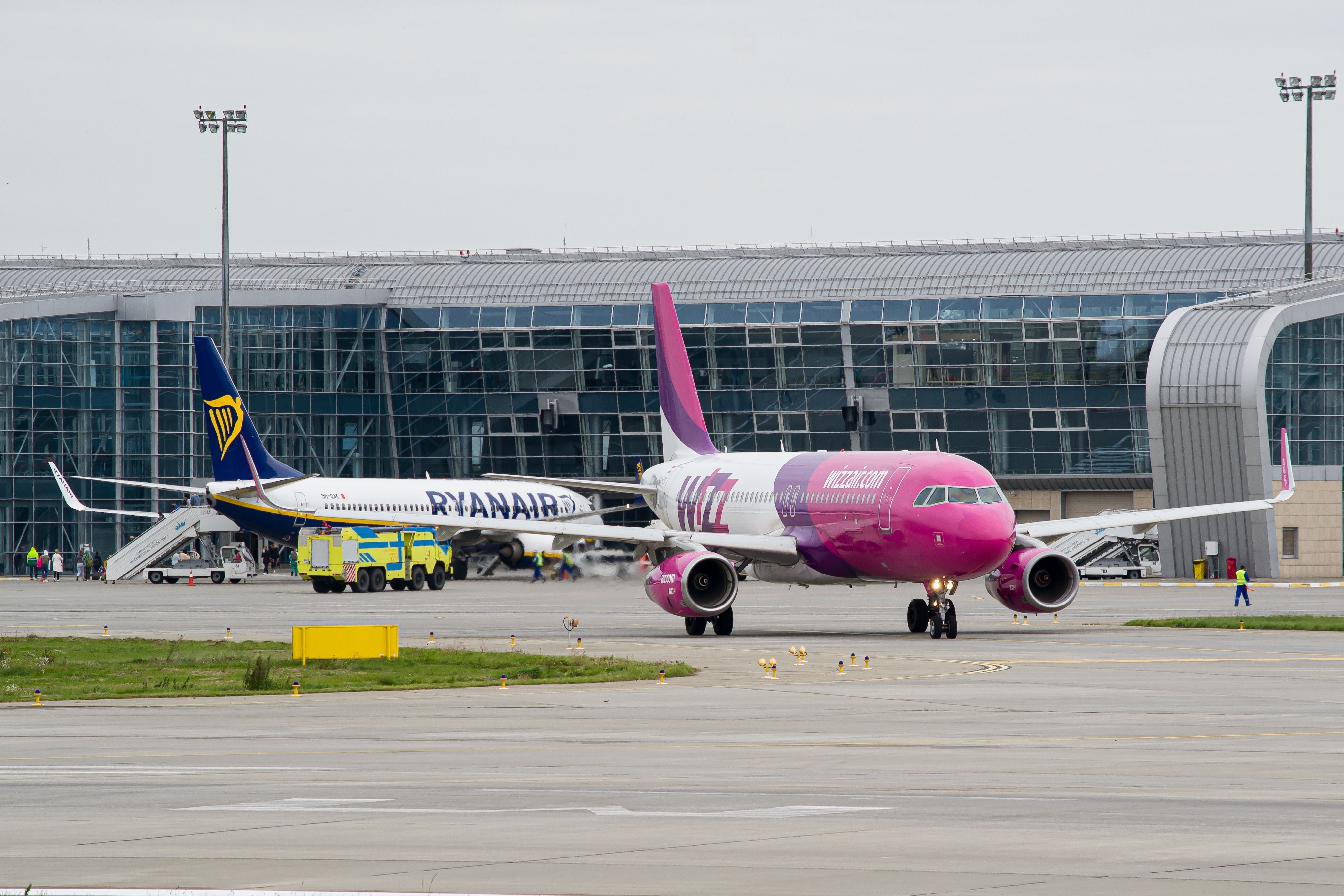
Related
How Reliable Is The Boeing 737 Compared To The Airbus A320 Family?
The Boeing 737 was well ahead in the narrowbody game when the Airbus A320 entered the market.

